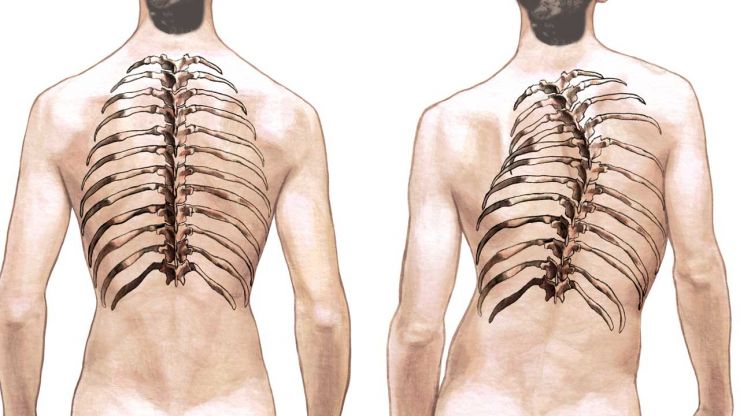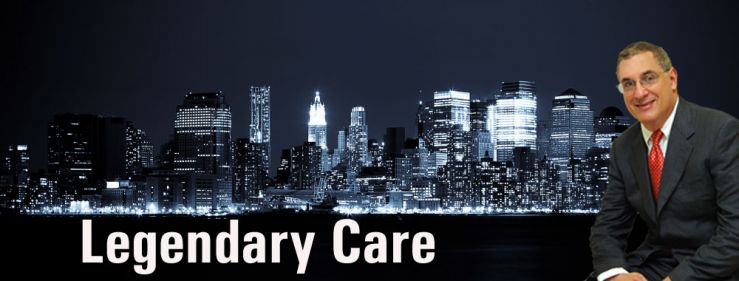Spinal Curvature
Scoliosis (sko-lee-oh-sis) is a term taken from a Greek word meaning curvature. Throughout the 19th Century physicians thought poor posture was the pri mary cause of scoliosis. It is now known to be either congenital (present at birth) or developmental, and runs in families.
The disease causes the spine to curve laterally (to the side) usually in the shape of an'S' or a 'C'. The curve can be mild to severe.
In most cases, spondylolisthesis can be treated nonsurgically with a course of physical therapy supple mented with steroid-anesthetic injections, prescriptions, and/or over-the-counter oral medications for inflamma tion and pain.

Kyphosis (ki-foe-sis) may occur due to poor posture early in life. Although kyphosis usually affects women, it can be found in men too. The excessive form of kyphosis may cause a hump to form in the shoulder blade area of the upper back.
Kyphosis may effect men and women with os teoporosis (os-tea-oh-pour-oh-sis). Although its onset may be more prevalent in women, it is found to a lesser extent in elderly men.
Lordosis (lor-doe-sis) can cause an extreme inward curve of the lower back. This condition is also referred to as 'swayback'.
Idiopathic Scoliosis
(id-dee-oh-path-ick sko-lee-oh-sis) is the child hood version of adult scoliosis. It is hereditary and primarily effects healthy young girls during their early teens. The physical signs may include uneven shoulders, one hip lower than the other, a rib hump when bending over at the waist, and leaning to one side.
Once maturity is reached, the disease may stabilize or slowly degenerate over time. Some adults have scoliosis, which probably began during their child hoods, but went unnoticed.
However, whatever the patient's age, the goal is to stabilize the spine to prevent additional curvature. Some patients with scoliosis are pain free and do not seek treatment until the deformity is noticeable. Unfor tunately, at that point it may be too late to treat the disease.
To determine the degree of the curve, an x-ray is taken and the progression of the disease is monitored. In severe cases, the disease may cause the spine to rotate, resulting in narrowed spinal spacing on the op posite side of the body.
